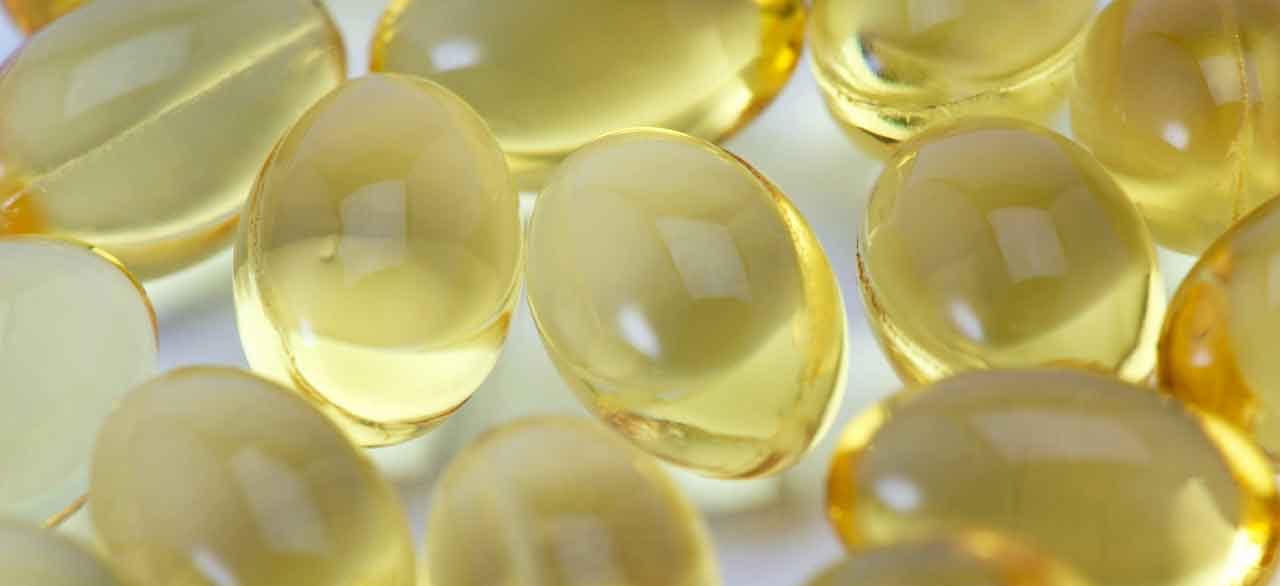Can a Supplement Help Your Kidney Stones?

Recurring urinary tract infections, digestive problems, high blood pressure, diabetes, and obesity can increase your risk of kidney stones. Supplements may help.
People who have passed a big kidney stone dread a second episode.
A small stone may show up in your urine and cause you little or no discomfort. But big stones are unpleasant. Most are made of calcium oxalate crystals, although stones can form from other minerals. They may be as small as a grain of sand or as large as a pearl or even a golf ball. Some are smooth and some are jagged, but they’re usually yellow or brown.
Repeated urinary tract infections, digestive problems, high blood pressure, type 1 and type 2 diabetes, and obesity can increase your risk. Kidney stones are more common because those problems are, too. Up to 12 percent of men and 7 percent of women develop them.
YOU MIGHT ASLO LIKE: How to Cope with Kidney Stones
Symptoms of kidney stones
The first symptom may be frequent or painful urination. Your urine may be cloudy or be suffused with blood, appearing pink, brown, or red. If a stone moves through your urinary tract, you may feel intense pain in your back, belly, or groin. Often the pain starts late at night or early in the morning, when your ureter tends to be constricted. The pain may be constant, or it can come and go in waves, separated by about 10 minutes.
See a doctor if you have severe pain, trouble urinating, blood in your urine, or pain accompanied by nausea, vomiting, chills, or fever — which could indicate an infection.
The chances of developing another stone may be around 50 percent. Drinking lots of water will help dissolve the crystals in your urine. Depending on the content of the stone, your doctor may advise you to change your diet.
Supplements to prevent kidney stones
Some doctors advise taking potassium citrate (citrate salts), which can slow crystal growth.
Fredric Coe, MD, who heads the kidney stone program at the University of Chicago, reviewed several studies of citrate salts. He concluded that only 15 percent of patients with a history of calcium and other kinds of kidney stones who received citrate salts formed new stones or showed growth of retained fragments. Fifty-two percent of people who took a placebo developed new stones.
Researchers have also found evidence that a natural fruit extract, hydroxycitrate, which is similar to potassium citrate, may do a better job.
In head-to-head studies of citrate salts and hydroxycitrate, researchers used special microscopes to determine that hydroxycitrate formed a stronger bond with crystal surfaces, inducing a strain that seemed to push the crystal to dissolve. The researchers then gave seven people the supplement for three days, establishing that hydroxycitrate is excreted through urine, a requirement to create a supplement to treat the problem.
The research remains groundwork. Further studies need to establish a safe, effective dosage.
A lack of a particular bacterium, Oxalobacter formigenes, may be at the root of the problem that allows kidney stones to form. The bacterium helps remove oxalate from your body, and people who get kidney stones tend to harbor less of it. One study found that fewer than half of a sample of healthy young adults had enough of the bacterium in their bodies.
What you can do
The most important step is to drink lots of water. Ask your doctor about citrate salts and other specific advice.
Don’t assume that having calcium oxalate stones means you need to eat less calcium. The opposite is true. Calcium in your digestive tract binds to oxalate from food and keeps it from entering your blood and your urinary tract, where it can form stones.
You may need more dairy in your diet or to take calcium supplements and cut back on salt and protein. A meta-analysis from the prestigious Cochrane organization found that eating a normal amount of calcium and a low-salt, low-protein diet over five years can reduce the risk of calcium stones.
People who hear they’ve passed a calcium oxalate stone often look for a list of foods to avoid and try to tally up how much oxalate they’re eating. The trouble is that the lists vary widely in the reported oxalate content. In addition, many nutritious foods fall into the high-oxalate list, including spinach, almonds, cashews, avocados, tofu, soy milk, brown rice, yams, and millet.
You might try substituting low-oxalate foods for high ones. So, instead of raspberries, eat strawberries, blueberries, or cherries. Replace oranges and grapefruit with melon, mango, and cantaloupe. Eat kale rather than spinach. Choose a cream sauce rather than a tomato sauce on pasta.
An African folk remedy for calcium stones, a liquid extract from the plant Phyllanthus niruri, has some backing from Western science, but it didn’t show benefits in a three-month study reviewed during the Cochrane analysis.
Stones that aren't made of calcium oxalate can form. If you pass a stone in your toilet, try to fish it out and take it to a lab (your doctor can also give you a screen to catch it from your urine stream). If you have a kidney stone removed, make sure you find out what kind of stone you have before you leave a hospital.
If you eat a lot of meat and fish, you may form a stone from uric acid along with calcium, or from uric acid alone. Kidney infections cause struvite stones. Cystine stones are caused by a genetic disorder.
Updated:
July 11, 2023
Reviewed By:
Janet O’Dell, RN